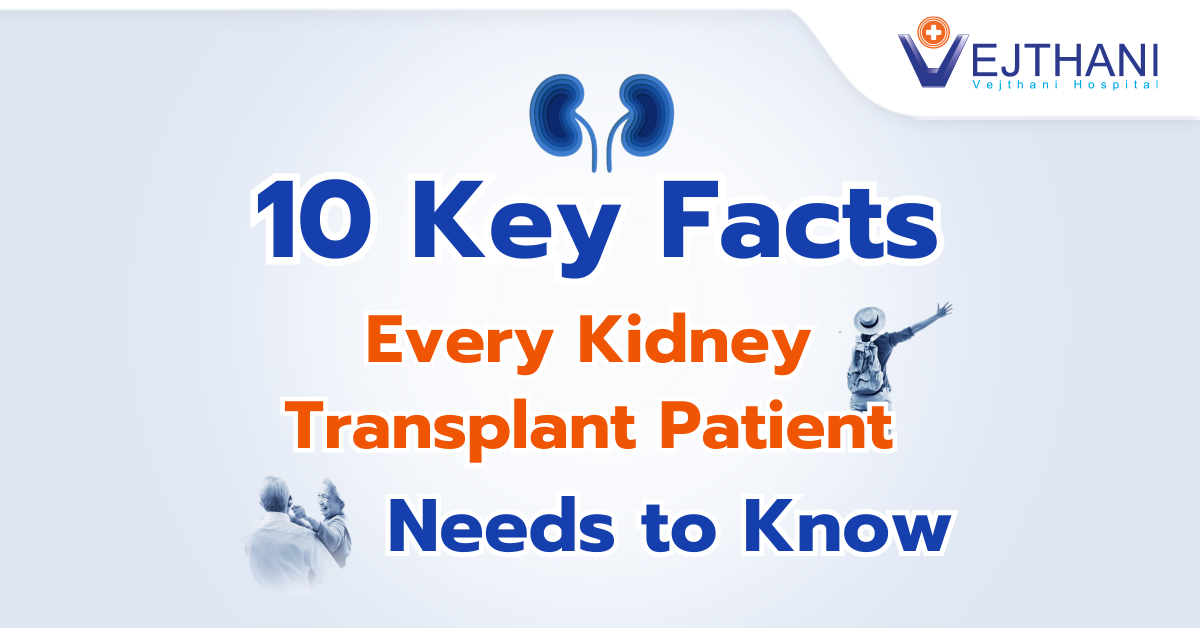
Laparotomy
Overview
A laparotomy is a surgical procedure in which an incision is made in the abdominal wall to access the abdomen and pelvis. It can be performed to explore, diagnose, and treat various conditions, such as organ removal or addressing critical issues. A laparotomy may be done as an exploratory procedure to identify and potentially resolve a problem or as a scheduled operation for purposes like organ removal, childbirth, or staging and treating cancer.
“Laparotomy” technically refers to the incision made through the abdominal wall to access the peritoneal cavity, which houses the abdomen and pelvis, though it is often used to describe an open exploratory surgery. Other terms for this procedure include “celiotomy,” meaning an incision into the abdomen, and “peritoneotomy,” referring to an incision into the peritoneal cavity.
Types
There are several types of laparotomy incisions. However, healthcare providers may choose different incisions to target specific areas. The most common incision is a midline, which provides access to all abdominal organs.
A laparotomy can follow standardized steps, especially for specific purposes like exploratory or staging procedures, but approaches may change depending on the circumstances during the operation.
Laparotomy incisions
There are various types of abdominal incisions used for different surgical purposes. Some incisions avoid cutting the muscles, while others may split or cut through them.
- Midline. In most cases of midline or ventral laparotomy, the incision runs vertically along the abdomen’s midline near the belly button. The healthcare provider may curve around or reposition the belly button to create a straight incision. If access to only the upper or lower abdomen is required, the incision is made either above or below the belly button.
- Paramedian. This vertical incision runs along one side of the abdomen, parallel to the midline. It is typically used to allow better access to the kidney and adrenal gland on that specific side.
- Subcostal. This type of incision allows the healthcare provider to access specific organs, such as the spleen on the left side or the liver, gallbladder, and bile ducts on the right. Also known as a Kocher incision, this diagonal cut is made on one side of the upper abdomen (epigastric region).
- Rooftop. This incision provides access to all organs in the epigastric region, including those located in the center, as well as both kidneys and adrenal glands on either side. Also known as a chevron incision, a rooftop incision involves making subcostal incisions on both sides of the abdomen, meeting at the midline.
- Transverse. This is a horizontal incision made below the belly button and is one of the frequently used method in laparotomy. This provides broad access to the abdominal organs and tends to heal effectively.
- Pfannenstiel. This incision forms a slight curve just above the pubic bones, offering access to the pelvic region. Also known as a bikini incision, this low transverse cut is commonly used in pelvic laparotomies.
Reasons for undergoing the procedure
A laparotomy is performed when a surgeon needs to explore the abdominal cavity to find the cause of problems like unexplained pain or internal bleeding that imaging tests cannot reveal. It allows access to the entire abdomen, especially in urgent situations.
Laparotomy is often performed in emergency situations but can also be a planned procedure. It may be used for both scheduled and unplanned C-sections, or your surgeon might perform it to remove an organ or cancer. Additionally, a laparotomy can be done for cancer staging, which helps determine how far the cancer has spread from its original site—this is known as a “staging laparotomy.” During the procedure, tissue samples may also be taken for biopsy.
Laparotomy is often recommended for conditions, such as:
- Uncontrollably bleeding from the gastrointestinal tract or perforation
- Traumatic abdominal injury
- Peritonitis, an infection of the peritoneal cavity
- Emergency appendectomy, when the appendicitis is complex
- Emergency splenectomy, in cases of splenic rupture
- Whipple operation or total pancreatectomy for pancreatic cancer
- Treatment and staging of ovarian cancer
- Treatment and staging of Hodgkin lymphoma
- Endometriosis surgery for endometriosis staging and therapy
- Ovarian cystectomy for endometrioma or ovarian cysts
Risks
A laparotomy is a major surgery that comes with certain risks, such as:
- Accidental damage to surrounding organs
- Permanent numbness in certain areas from nerve injury
- Significant bleeding from damaged blood vessels
- Infection at the wound site and slower healing process
- Hernias at the incision location or where muscles were separated
- Internal scar tissue that could affect organ function (abdominal adhesions)
- Bowel obstruction caused by abdominal adhesions
Before the procedure
Before surgery, preparation involves undergoing a physical assessment, reviewing the patient’s health, medications, and past surgeries. Basic medical tests, such as X-rays and blood work, are performed to ensure the patient is fit for surgery and anesthesia.
The surgery also requires obtaining an informed consent, where the healthcare provider explains the procedure, potential risks, alternatives, and expected outcomes, then requests the one’s signed approval to proceed. If the individual is unable to provide consent, their mental capacity is assessed, and the next of kin is consulted.
Other pre-surgery requirement include:
- Bowel preparation. A bowel prep kit containing a laxative or enema may be provided, and patients may be required to follow a clear liquid diet or refrain from eating the day before the procedure. Depending on the surgery, one may need to empty their bowels in advance.
- Sterilization. Shaving the area to eliminate any microorganisms present in body hair may be necessary. In most cases, a healthcare provider may instruct them to use a special surgical scrub to clean and sterilize their abdomen during a shower, or the provider may handle the cleaning themselves.
During the procedure
A laparotomy procedure typically lasts several hours. It requires a large incision of three to twelve inches into the abdomen, with the specifics depending on the surgery’s purpose.
Various tubes may be inserted into the body to manage fluids. These tubes usually remain in place for several days following the surgery. These may include:
- Nasogastric tube to drain stomach fluids
- Urinary catheter for bladder drainage
- A catheter inserted into your vein to deliver anesthesia, antibiotics, and intravenous fluids.
- In certain situations, a surgical drain, feeding tube, or IV-administered parenteral nutrition may be needed.
After the procedure
Individuals who undergone the surgery is moved to a postoperative room where healthcare providers monitor vital signs until they wake up. They will then be transferred to a recovery room for a few days. They require assistance in standing and walking daily.
After the surgery, it is common for bowel function to be temporarily disrupted, and if needed, the healthcare provider can offer medications or an enema to help with bowel movements. Tubes placed during the surgery will remain in place to manage fluids and drainage, and pain relief will be provided as needed.
A healthcare provider will assist the patient in standing and walking daily. The provider may also recommend deep breathing and muscle exercises to prevent blood clots and chest infections, along with instructions for caring for the incision at home.
Outcome
A laparotomy is a major surgery that involves making a long, deep incision to open the abdomen. Whether performed to explore an issue or to remove an organ, the procedure affects multiple layers of tissue, requiring significant time for healing.
After the incision heals, one may return to work based on the physical demands of their job, but moderate exercise and lifting should be avoided for several months. One may experience numbness in the abdominal area due to nerve damage, which generally improves in the following months, although some numbness may persist.
Healing time after surgery can vary based on the one overall health and the complexity of the operation, but it typically takes about six weeks for the incision to heal. It typically takes about two years for core abdominal strength to return to its pre-surgery level, although regular exercise can aid this recovery if approached gradually.
The surgery will leave a long scar across the abdomen, which will fade over time. Scars will generally fade and flatten over three to six years, influenced by genetics and care during healing. To support this process, one should take care of their incision and protect the scar from UV exposure, and their surgeon may recommend topical treatments to help reduce its appearance.
Since it comes with potential risks, it is important to seek medical assistance if any of the following is experienced:
- Inability to have bowel movement or pass gas
- Swelling or discomfort in one leg
- Onset of chest pain or a cough
- Bleeding or drainage from the surgical site
- Pain that does not improve or worsens
- The presence of a fever
Contact Information
service@vejthani.com






















